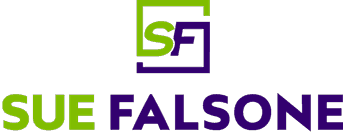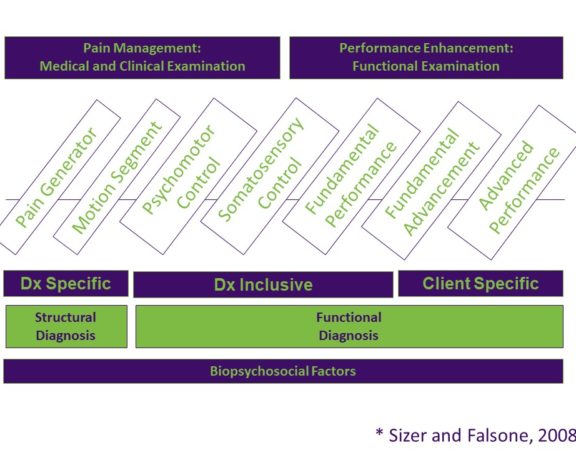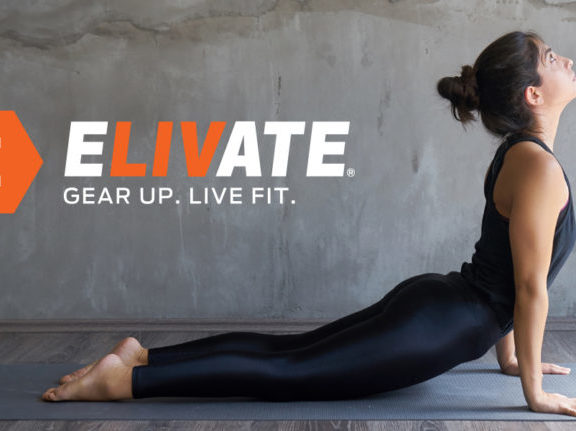Ben Wellenbach: When you and I met for the first time at a Perform Better event in Chicago I was just about to have my first daughter. Your advice was to film everything and study the heck out of her patterns because we have all evolved from them. Then after I gave you a recipe for a bikini martini you gave me articles from Janda and Kolar and said “here read these”
My point… give us history and bring us to the present. Show us what we have been successful at and if we have maintained that or if we have found better. Is the better really better? Your education, your experiences and your love for learning have so much to offer us. Sometimes I think we forget about the history when it has alot to teach us.
Thanks for sending this to me Ben. I think it is funny that I gave you the articles AFTER you gave me a martini recipe. Classic!
I think you bring up a couple great points in your paragraph above. The first is regarding history: history of where we came from in our knowledge base. The second is “where we are now”. Are we really THAT far along? Let’s take a look.
“Posture follows movement like a shadow”
-Sherington 1906
I found an amazing article in the “Proceedings of the Royal Society in Medicine” dated 1924. A physician is summarizing the work of Sherrington who has been talking about “anti-gravity” muscles for the last 30 years (for the mathematically challenged…that is in the late 1800’s when Sherrington began describing these things) Directly from the paper published in 1924:
“There are two elements in the co-ordination of movement-the phasic or movement element and the tonic or postural element. Muscle tone is the basis of the latter, and its loss results in the grossest disorders of voluntary movement.”
This is not a surprise. We talk about this all the time; the affect posture has on movement. You can’t know where you are going if you don’t know where you are starting from. Postural assessments remain part of our examination and observations to this day.
Vladimir Janda (1928- 2002) has so many pearls I can’t name them all here. Go to http://www.jandaapproach.com/2012/11/02/timeless-vladimir-janda-quotes-and-concepts/ for an amazing summary of his quotes and concepts. Some of my favorites:
1) There are 2 main schools of thought in musculoskeletal medicine: Structural and Functional(Thanks for the name of my company, Doc!)
2) The test is the exercise; the exercise is the test (how often have you heard that?)
3) Often, the site of pain is not the cause of pain (cause vs. source)
4) Compensations within chains create more dysfunctional movement (dysfunction leads to dysfunction)
I could go on and on with quotes from Dr. Janda. Go to that website and read his insights. I think you will find that most of them stand true today.
Joseph Pilates once said, “A man is as young as his spinal column”. How prolific. And true. How much time as clinicians and strength coach’s do we spend on the spine? Joseph died in 1967. He knew how important the spine was then, and we know that now. Type the words “lumbar spine” into pub med. You will get back 56,124 article suggestions. 56,000 articles?!? How can we read all of that? We are drowning in information and still have a limited number of answers.
Joseph Pilates was also quoted as saying, “above all else, learn how to breathe correctly”. I discuss this in my thoracic spine lecture found on www.movementlectures.com There is a difference between respiration and breathing. Respiration is the simple exchanges of gases. Breathing is affected by and can affect emotion, movement and stability. Any insight we have in this area began with Joe in the early 1900’s.
Florence Kendall (1910-2006) was one of the most influential people in the world of physical therapy. She felt (taken from Muscles: Testing and Function, 5th Edition) it was “essential for every practitioner to develop effective problem solving skills that will result in choosing and performing appropriate and accurate tests to provide meaningful data for the establishment of an effective treatment”. She didn’t say her tests were the best, or to treat like she said we should. She said to use our brain, be critical thinkers, and give effective treatment (key word here being ‘effective’).
I could go on and on about the historical influences of where we are today. As human movement specialists, we have so much information at our fingertips, via the Internet. It can be exhausting sorting through the relatively small fraction of information you actually get your hands on. Bottom line: There are no truly unique concepts at this point. Everything has its basis in history. What we are doing is refining, repackaging, recreating, and resurrecting concepts that have been around for more than a century, and using our modern knowledge and technological advancements to elevate these concepts to a new level.
I encourage you to go back and look at the foundational mentors we have in the areas of movement, physical therapy and strength and conditioning. Read their quotes. Read their books. See for yourself where we have evolved from, and I think you may find our foundational concepts haven’t actually evolved all that much.
We have so much information, we are so much “smarter” than previous generations, we have more equipment and tools available to us if we have the resources to get them, and we have technology to assist us in everything from assessment to treatment. But I wonder, despite having more knowledge, are we really getting “smarter” and do we have more answers than before? Quite frankly, I am not so sure.






